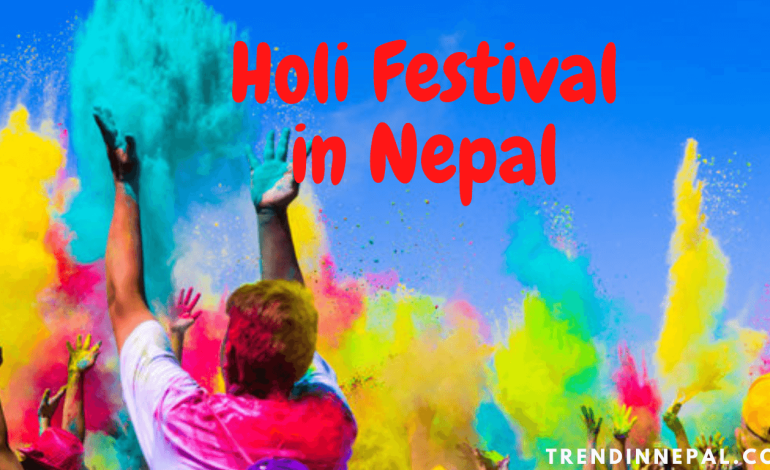Maghe Sankranti Festival in Nepal
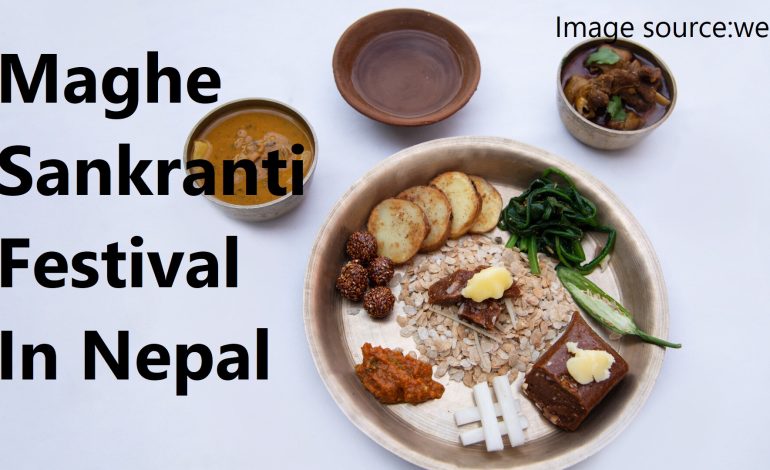
Maghe Sankranti(also known as makar sankranti) is a Hindu festival that is celebrated on the first day of the month of Magh, according to the Nepali calendar. This festival marks the end of the month with the longest nights and the beginning of the month with the longest days, symbolizing the victory of light over darkness. It is also a time for people to celebrate the end of the harvest season and to thank the gods for a bountiful harvest. Many people celebrate this festival by taking holy baths in rivers, offering prayers and food to the gods, and participating in fairs and other festive activities.
How do people celebrate this festival?
There are many different ways that people celebrate Maghe Sankranti, depending on their cultural traditions and beliefs. Some common activities include:
- Taking a holy bath in a river or other body of water, such as the Ganges or the Bagmati River. This is believed to cleanse the body and soul and to bring good fortune.
- Offering prayers and food to the gods, such as rice, fruits, and sweets, to thank them for the blessings of the harvest season.
- Participating in fairs and other festive activities, such as singing, dancing, and games.
- Exchanging gifts and sweets with family and friends, and visiting temples and other sacred places.
- Observing special rituals and customs, such as lighting lamps and performing puja (worship) to the gods.
Overall, Maghe Sankranti is a time for people to come together, to celebrate the end of the harvest season, and to thank the gods for their blessings. It is an important festival in the Hindu calendar and is celebrated with joy and enthusiasm throughout Nepal and other parts of the world where Hinduism is practiced.
What is the Special food that eat during this festival?
It is common for people in Nepal to eat a special meal on Maghe Sankranti, which is typically a combination of rice, lentils, and various vegetables. This meal, known as “chaku bhoye”, is often cooked with ghee (clarified butter) and spices, and is served with pickles and chutneys on the side. Other common dishes that may be eaten on this festival include sweet rice, curries, and sweets such as laddus (balls made of flour, sugar, and ghee) and barfi (a type of fudge made with condensed milk and sugar).
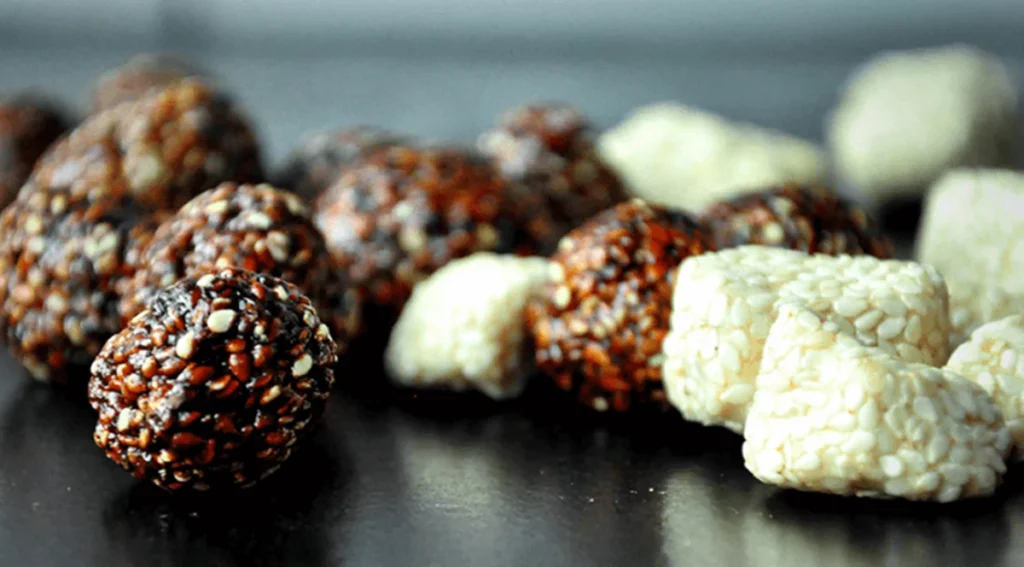
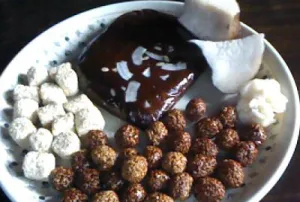
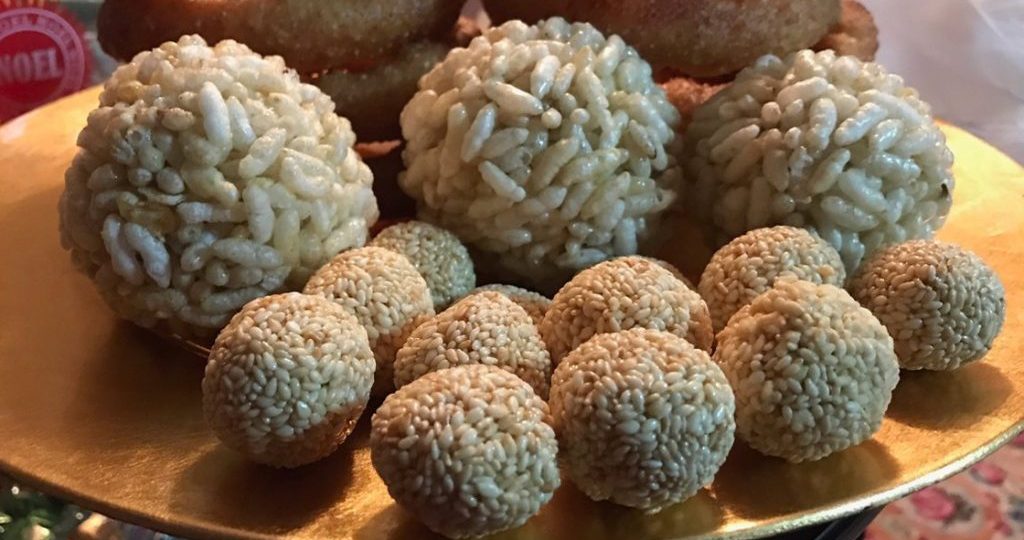
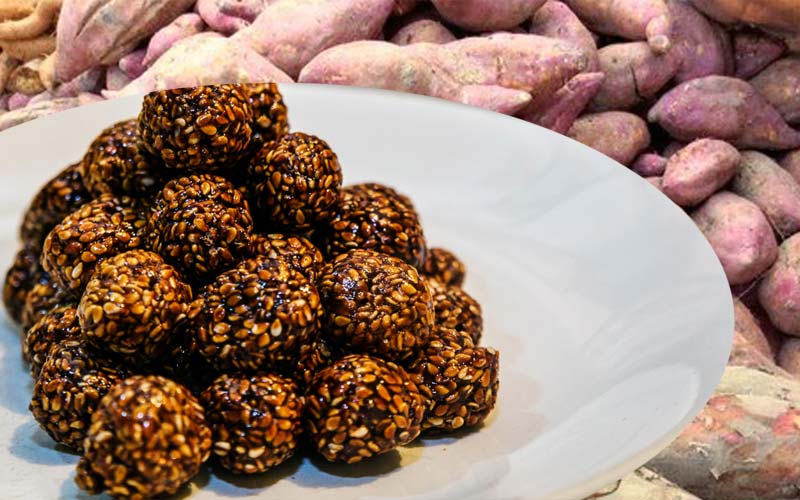
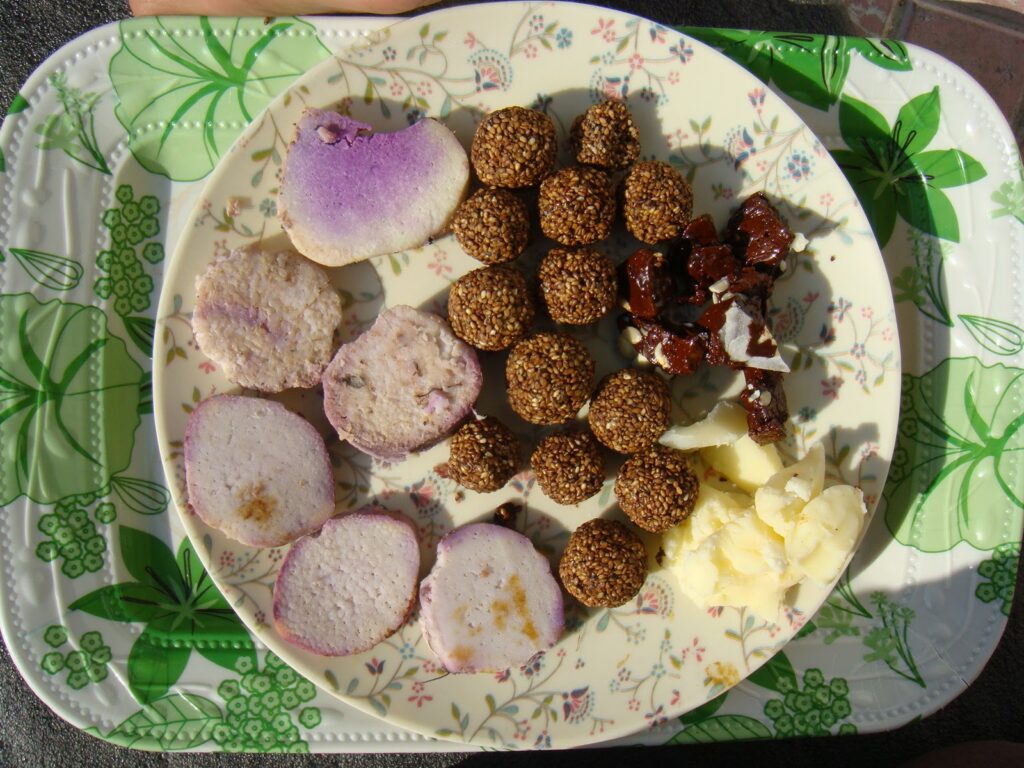
Some intresting facts about maghe sankranti Festival
Here are a few interesting facts about Maghe Sankranti
- Maghe Sankranti is celebrated on the first day of the month of Magh, according to the Nepali calendar. This usually falls in January or February, depending on the lunar calendar.
- The festival marks the end of the month with the longest nights and the beginning of the month with the longest days, symbolizing the victory of light over darkness.
- Maghe Sankranti is also a time for people to celebrate the end of the harvest season and to thank the gods for a bountiful harvest.
- One of the main traditions of Maghe Sankranti is to take a holy bath in a river or other body of water, such as the Ganges or the Bagmati River. This is believed to cleanse the body and soul and to bring good fortune.
- In Nepal, Maghe Sankranti is celebrated with great enthusiasm and is considered an important festival in the Hindu calendar. It is a time for people to come together, to celebrate, and to observe various customs and rituals.
- Maghe Sankranti is also celebrated in other parts of the world, including India, Bangladesh, and Bhutan, where it is known by different names, such as Makar Sankranti and Poush Sankranti.
